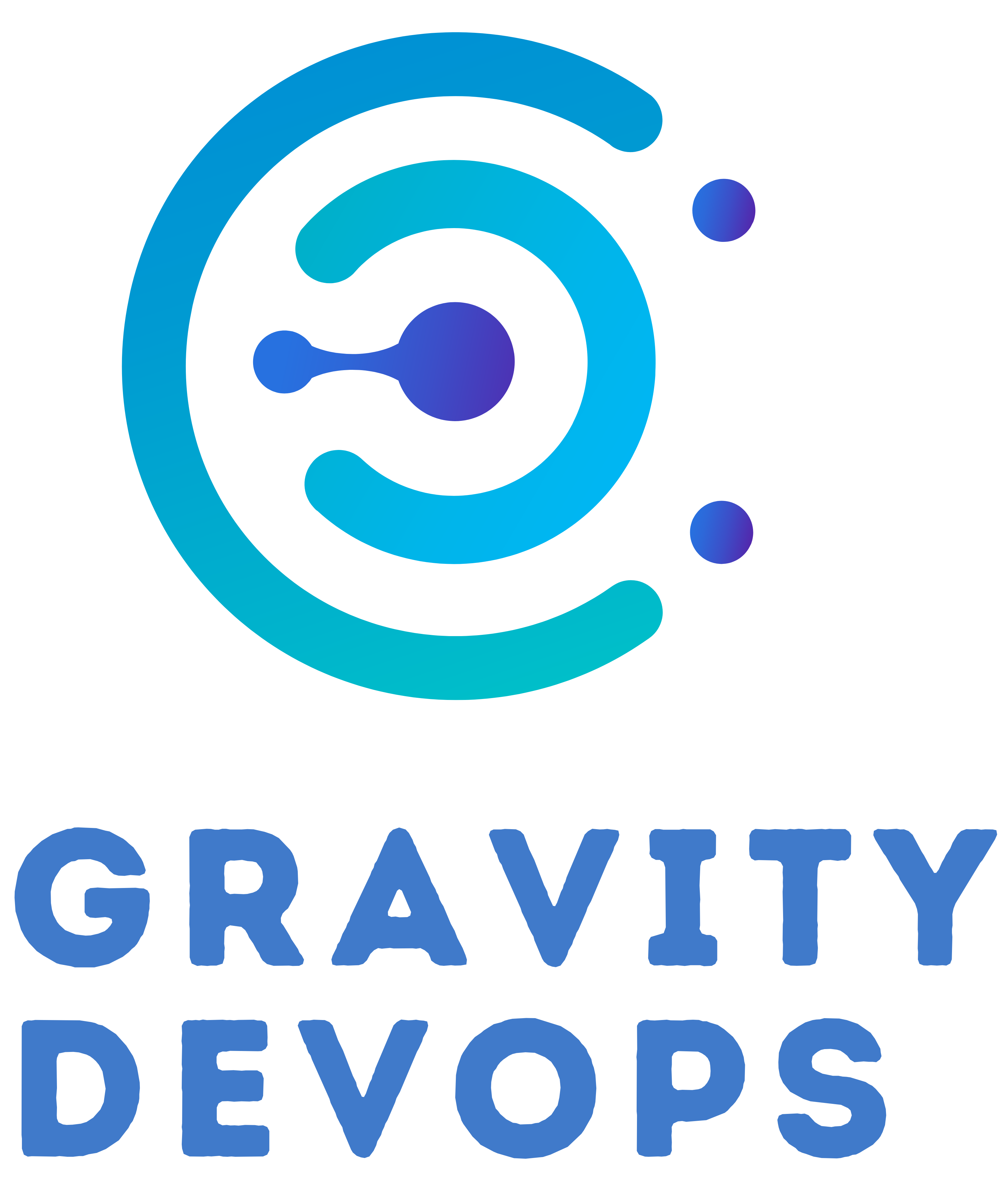Introduction
As organizations increasingly adopt Docker for containerized applications, security remains a top priority. One critical aspect of container security is Docker Security Scanning, which helps identify vulnerabilities in container images before they reach production. In this article, we will explore the importance of security scanning, popular tools, best practices, and how to integrate it into your DevSecOps pipeline.
Why is Docker Security Scanning Important?
Containers package applications and dependencies together, but they often include outdated libraries or vulnerabilities. If left unchecked, these vulnerabilities can be exploited by attackers, leading to security breaches. Security scanning helps to:
- Identify known vulnerabilities in container images.
- Reduce attack surfaces by ensuring only secure images are deployed.
- Comply with industry regulations and security policies.
- Prevent supply chain attacks by validating dependencies.
Common Security Risks in Docker Images
Before diving into security scanning, it’s important to understand the key risks associated with Docker images:
Vulnerable Base Images– Using outdated base images with unpatched vulnerabilities.Embedded Secrets– Hardcoded API keys, credentials, or tokens inside images.Excessive Privileges– Running containers as root increases attack risks.Unverified Dependencies– Third-party libraries may introduce security flaws.Misconfigured Dockerfiles– Improper configurations can expose applications to threats.
Popular Docker Security Scanning Tools
There are several tools available for scanning Docker images to detect vulnerabilities:
1. Trivy
- Developed by: Aqua Security
- Features:
- Scans OS packages and dependencies.
- Supports multiple cloud-native environments.
- Provides vulnerability severity levels.
How to Install Trivy
sudo apt-get install wget apt-transport-https gnupg lsb-release
wget -qO - https://aquasecurity.github.io/trivy-repo/deb/public.key | sudo apt-key add -
echo deb https://aquasecurity.github.io/trivy-repo/deb $(lsb_release -sc) main | sudo tee -a /etc/apt/sources.list.d/trivy.list
sudo apt-get update
sudo apt-get install trivy
Example Usage:
trivy image my-docker-image:latest2. Grype
- Developed by: Anchore
- Features:
- Supports multiple package formats.
- Provides SBOM (Software Bill of Materials) analysis.
- Fast and efficient scanning.
Example Usage:
grype my-docker-image:latest3. Clair
- Developed by: Project Clair
- Features:
- Integrates with container registries.
- Supports layered scanning.
- Detects vulnerabilities using NVD and vendor databases.
Example Usage:
clairctl analyze my-docker-image:latest4. Docker Scout
- Developed by: Docker Inc.
- Features:
- Provides security insights within Docker Hub.
- Integrates with CI/CD pipelines.
- Highlights fixable vulnerabilities.
How to Check Vulnerabilities with Docker Scout
Docker Scout is an official Docker tool that provides vulnerability scanning and insights into your images. It helps identify risks in your containerized applications.
Step 1: Install Docker Scout
Ensure you have Docker CLI installed and updated to the latest version. Docker Scout is integrated into Docker Desktop, but you can also install it manually:
docker scout --versionIf Docker Scout is not installed, update Docker or install it using:
docker scout installStep 2: Scan a Docker Image
To check vulnerabilities in a local image, use:
docker scout cves my-docker-image:latestExample Output:
CVE-2023-XXXXX | OpenSSL | HIGH | Patch Available
CVE-2023-YYYYY | glibc | CRITICAL | No FixStep 3: Scan an Image from Docker Hub
If your image is stored on Docker Hub, you can scan it directly:
docker scout cves myusername/my-image:latestStep 4: Get a Summary of Security Insights
To see a high-level overview of an image’s security, use:
docker scout quickview my-docker-image:latestThis provides a summary of vulnerabilities, recommended fixes, and base image security status.
Step 5: Compare Image Versions for Security Improvements
You can compare different versions of an image to check which one has fewer vulnerabilities:
docker scout compare my-docker-image:v1 my-docker-image:v2This helps in identifying whether updating an image reduces security risks.
5. OWASP Container Security Guidelines
The Open Web Application Security Project (OWASP) provides best practices for securing Docker containers. Some of the key security guidelines include:
1. Use Minimal Base Images
- Reduce attack surface by using lightweight images like Alpine or Distroless.
2. Implement Least Privilege Principle
- Avoid running containers as root. Instead, create a non-root user inside the Dockerfile.
- Example:dockerfile
FROM ubuntu:latest RUN useradd -m myuser USER myuser
3. Avoid Hardcoded Secrets
- Use environment variables or secrets management tools like AWS Secrets Manager, HashiCorp Vault, or Kubernetes Secrets.
- Example:
docker run -e DB_PASSWORD=$(aws secretsmanager get-secret-value --secret-id my-db-secret) my-docker-image
4. Enable Image Signing & Verification
- Use Docker Content Trust (DCT) to verify image integrity before deployment
export DOCKER_CONTENT_TRUST=1 docker pull my-secure-image:latest
5. Regularly Scan Images for Vulnerabilities
- Implement automated vulnerability scanning in the CI/CD pipeline.
Best Practices for Docker Security Scanning
- Use Minimal Base Images
- Choose lightweight images like
alpineordistrolessto reduce vulnerabilities.
- Choose lightweight images like
- Regularly Scan Images
- Integrate scanning into your CI/CD pipeline to detect vulnerabilities early.
- Keep Dependencies Updated
- Regularly update OS packages and third-party libraries.
- Remove Unnecessary Packages
- Avoid installing unused software to minimize security risks.
- Use Non-Root User
- Run containers as a non-root user to reduce privilege escalation risks.
- Verify Image Sources
- Download images only from trusted registries (e.g., Docker Hub Official Images).
- Enable Image Signing
- Use tools like Docker Content Trust (DCT) to sign and verify images.
Conclusion
Docker security scanning is a critical aspect of a robust DevSecOps strategy. By using the right tools, following best practices, and integrating scanning into CI/CD pipelines, organizations can significantly reduce security risks in containerized environments. As a DevSecOps engineer, ensuring continuous security monitoring and remediation is essential for protecting applications from potential threats.
